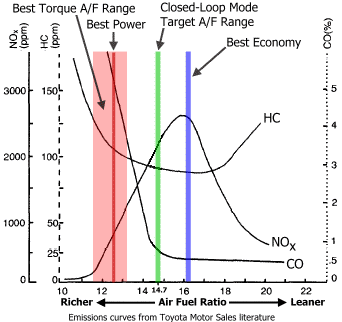DKirkpatrick
Pre-takeoff checklist
- Joined
- May 18, 2011
- Messages
- 317
- Display Name
Display name:
DKirkpatrick
Hello. Two experienced pilots got very mysteriously killed here in Arkansas about a month ago. Good airplane, two good pilots. I've never used one of those panel mount cards that is supposed to indicate high carbon monoxide.
Question is, are these good, reliable, the best indicator? This problem can sneak up on you, especially in cold weather flying of course.
Would like some best practices type comment.
thanks
dan
Question is, are these good, reliable, the best indicator? This problem can sneak up on you, especially in cold weather flying of course.
Would like some best practices type comment.
thanks
dan



